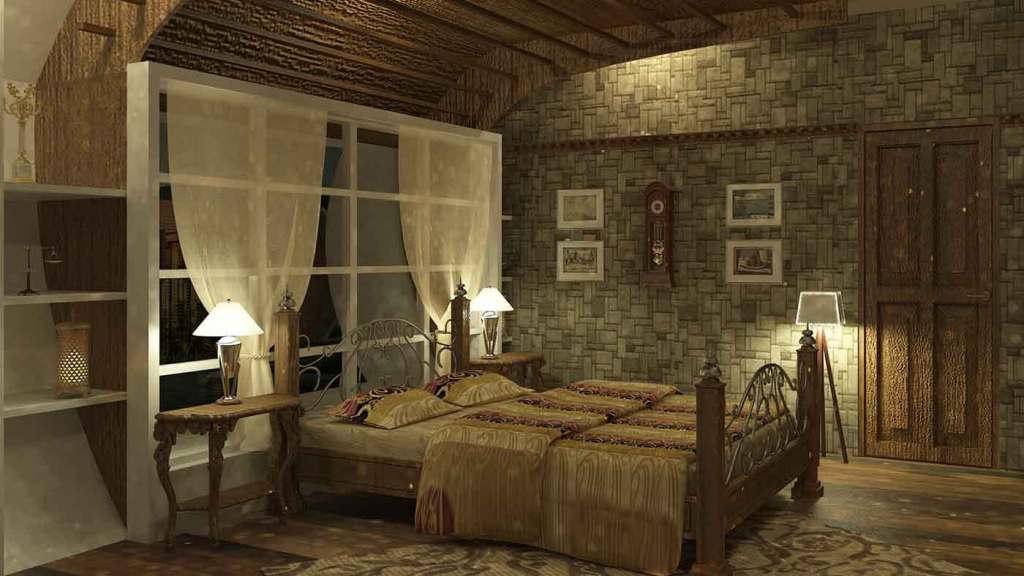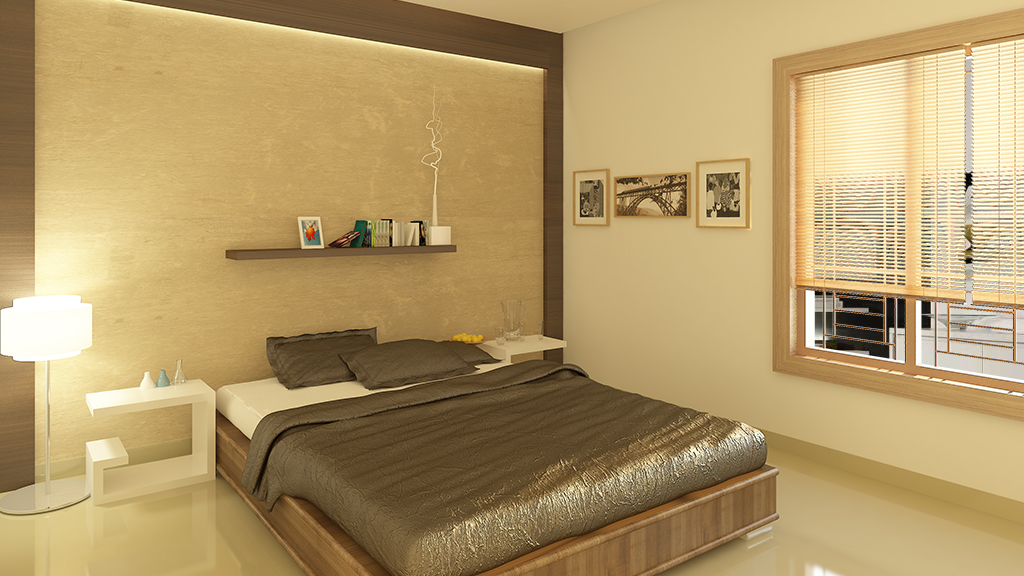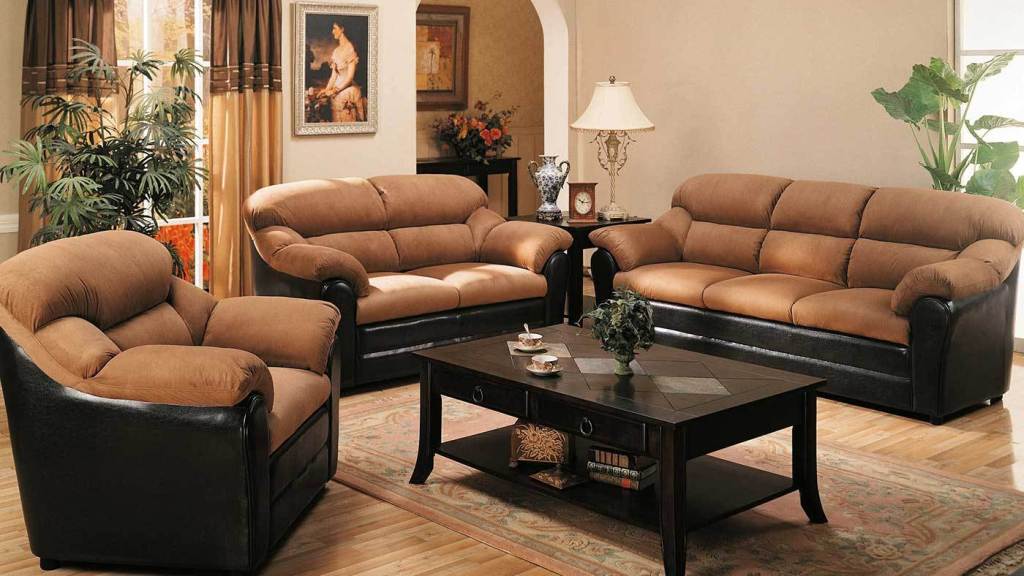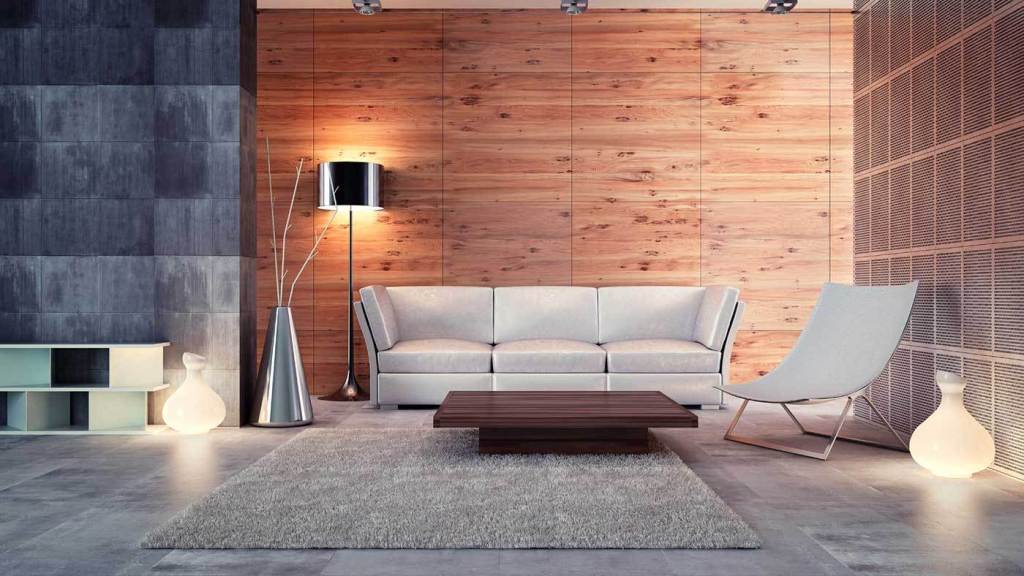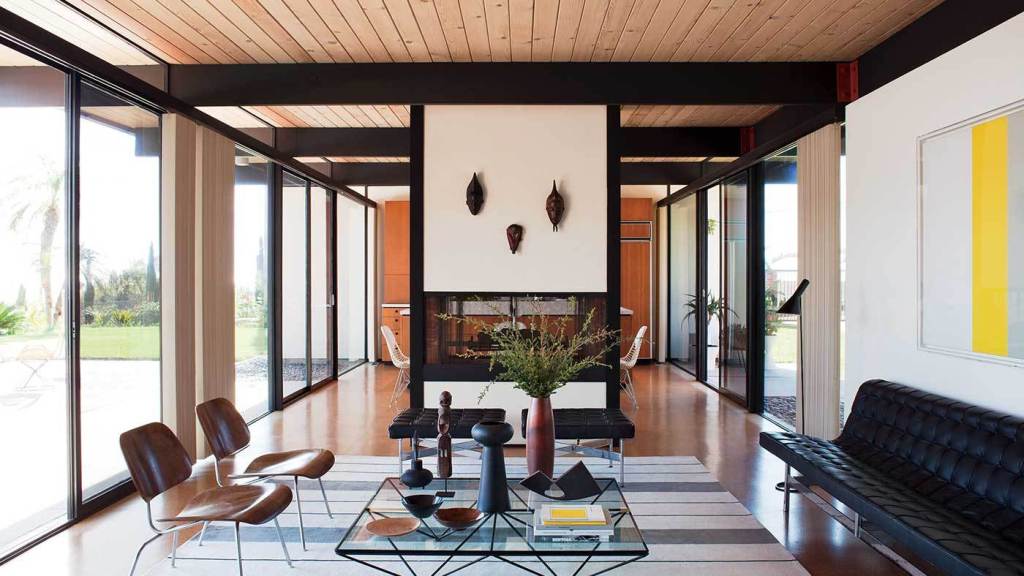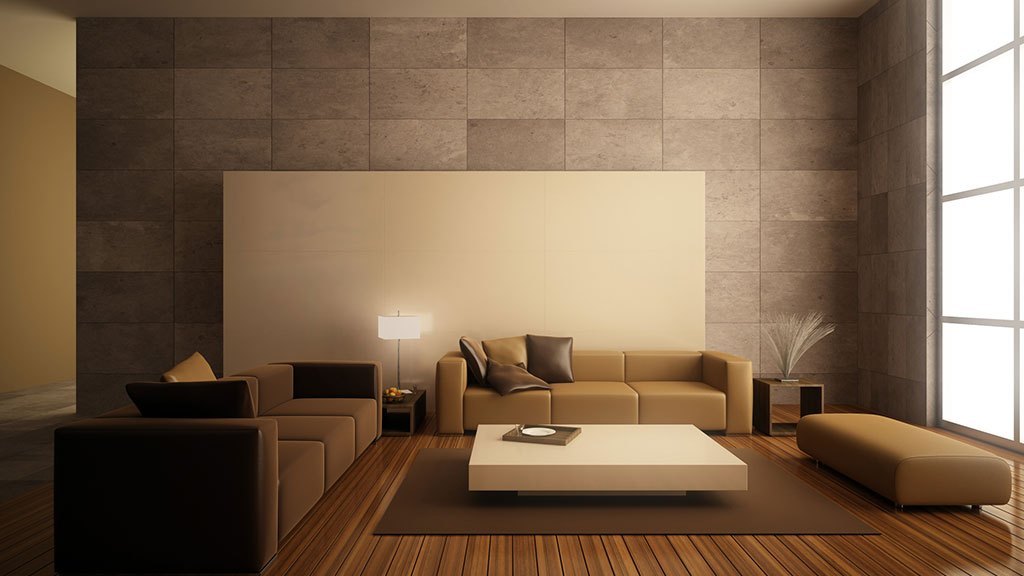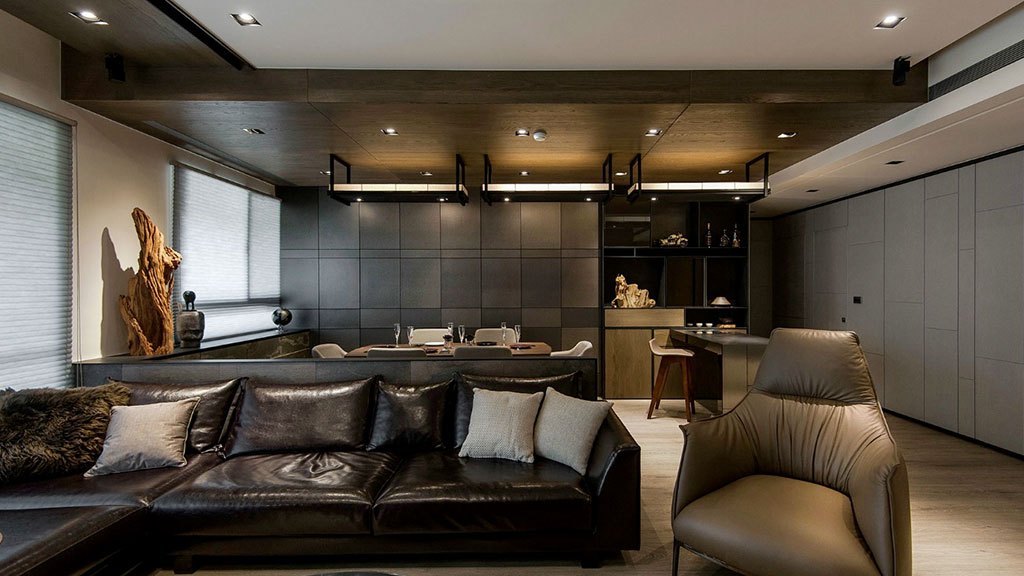The art of imparting aesthetic value while enhancing the functional aspects on each individual element in an enclosed space that ultimately results in improved quality of living for the end user is known as Interior Design.
An Interior Designer has many hats to put, all under the domain of an interior design project. Periodic research, diligent planning, coordination at multiple levels and holistic management of a project right from the moment it is conceived to its completion, are some important responsibilities of an Interior designer. The profession itself is multifarious; it includes conceptual development, space planning, programming and research, site inspections and supervisions, construction management, reporting to stakeholders of a project and realization of a design.
It becomes imperative to emphasize on the fact that while interior decorating focuses on arrangement of interior elements, the profession of interior design gives immense importance to planning, functional design and the effective use of space. Therefore, the understanding of the finer details enables an Interior designer to execute projects ranging from simply arranging the basic layouts of space within a structure, to projects demanding finer technical intervention in terms of any given project, such as acoustics, lighting, door and window positioning, electrical layout and so on. Interior designers are sensitive to the site requirements and are extremely careful while planning a design for a site. An Interior Designer is aware of the importance of not manipulating load bearing elements such as walls,
in an existing structure or for that matter, even while preparing a layout, for the sake of aesthetic enhancement, unless a prior approval is obtained from a structural engineer. Because of the nature of work, Interior Designers often work in association with engineers, contractors or architects. An effective interior design greatly exhibits application of colors in such a way that all the interior elements come together as a whole, in a harmony while maintaining individual elemental brilliance at the same time. Cleverly implemented color schemes can add a lot of aesthetic value and provide a signature tone to an otherwise dull interior. It therefore becomes mandatory for an interior designer to understand the true nature of hues, tones, shades, tints, intensities and values and also to successfully apply this knowledge keeping in mind the psychological effects of colors. This ultimately leads to the application of the right color at the right place for the right aesthetics that impart the right effect for the space utility and occupant.
The color schemes tend to eventually influence those who are exposed to it, either positively or negatively, depending on the state it creates in the minds of its observers. Colors can end up adding charm, peace, positivity, comfort or drama. It can create illusions that make a big room appear smaller and vice-versa. Hence, the feel of a space is in the hands of an interior designer.


